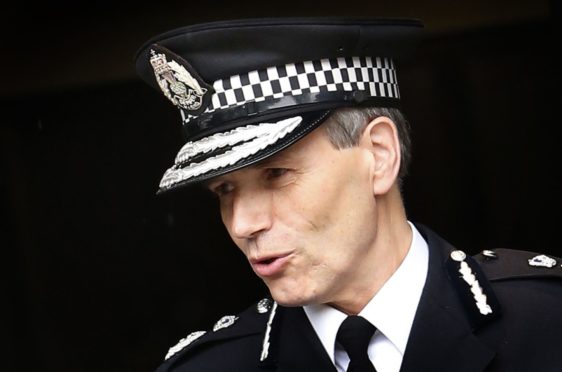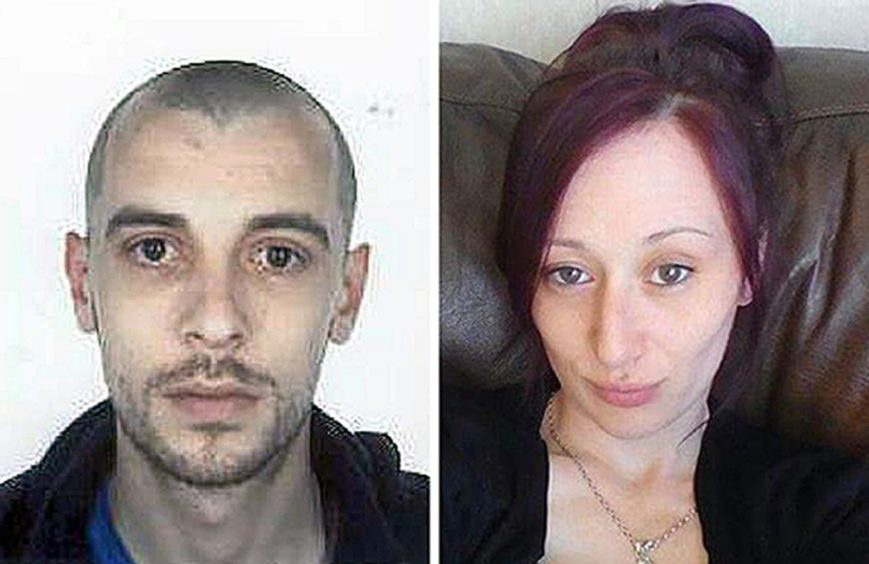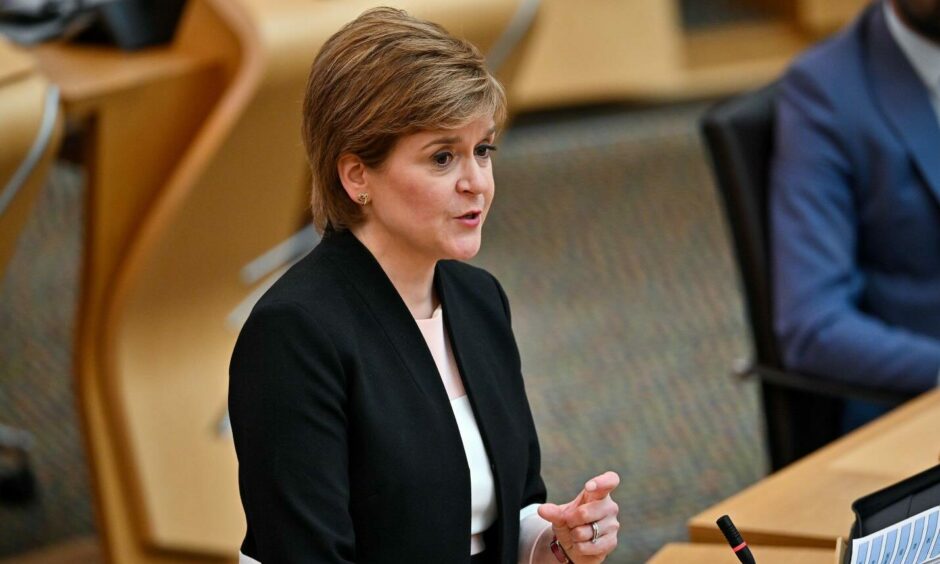Nicola Sturgeon effectively sacked Scotland’s first chief constable, Sir Stephen House, despite publicly backing him after the force failed to respond to a fatal crash for three days, one of the first minister’s former top aides has claimed.
In a new book, Break-Up: How Alex Salmond and Nicola Sturgeon Went to War, Noel Dolan says Sir Stephen was summoned to Holyrood and “effectively dismissed” – despite the employment of police staff not being within the gift of politicians.
Mr Dolan, who was the first minister’s closest adviser for 12 years, reported that the meeting took place in the wake of the deaths of two people by the side of the M9 near Stirling in July 2015.
John Yuill, 28, and Lamara Bell, 25, were returning from a camping trip when their car left the motorway and crashed down an embankment, leaving them trapped for three days – despite a call for help being made to Police Scotland.
Mr Yuill died at the scene of the crash and although Ms Bell was transferred to hospital she did not survive.
Sergeant Brian Henry, 58, who took the emergency call at Police Scotland’s Bilston Glen call centre, retired in 2018 with a Crown Office investigation into the tragedy still to be concluded.
Legal action is currently being considered against Police Scotland over the case.
The new book, by Courier editor David Clegg and Times journalist Kieran Andrews, reveals how despite Sir Stephen apologising for the deaths and being publicly backed by the first minister, in private he was held responsible for the failings.
Essentially sacked
The authors, first quoted in the Times, write: “At a meeting in the first minister’s office at Holyrood in August 2015, House was effectively dismissed despite the employment of police officers, even those at the top of the force, not being a matter for politicians as part of efforts to maintain operational independence.
“Noel Dolan, who at the time was Sturgeon’s closest adviser, says: ‘Stephen House essentially was sacked. He resigned but he essentially was sacked for a pretty poor reason. The main thing was the two people who died on the M9. Stephen House was held responsible for the behaviour of some junior call centre respondent because the police in central regional had f***ed it up. So there was a lot of pressure on him.’
“Sources close to House say he ‘burns with hate towards Nicola’ because his time in Scotland ended in such ignominy. In February 2018, House was appointed as an assistant commissioner to the Metropolitan Police before being promoted to deputy commissioner seven months later.
“‘He hasn’t forgiven or forgotten what happened and he is now deputy chief of the Met,’ Dolan adds. ‘He will rue the day that he ever had anything to do with Scotland or the SNP.’”
The Scottish Government said its “deepest sympathies” remain with the families of Lamara Bell and John Yuill.
A spokesperson added: “There is an ongoing judicial process in relation to this case, which is being led by the Crown Office and is wholly independent of the Scottish Government. As such we are unable to comment further.”


